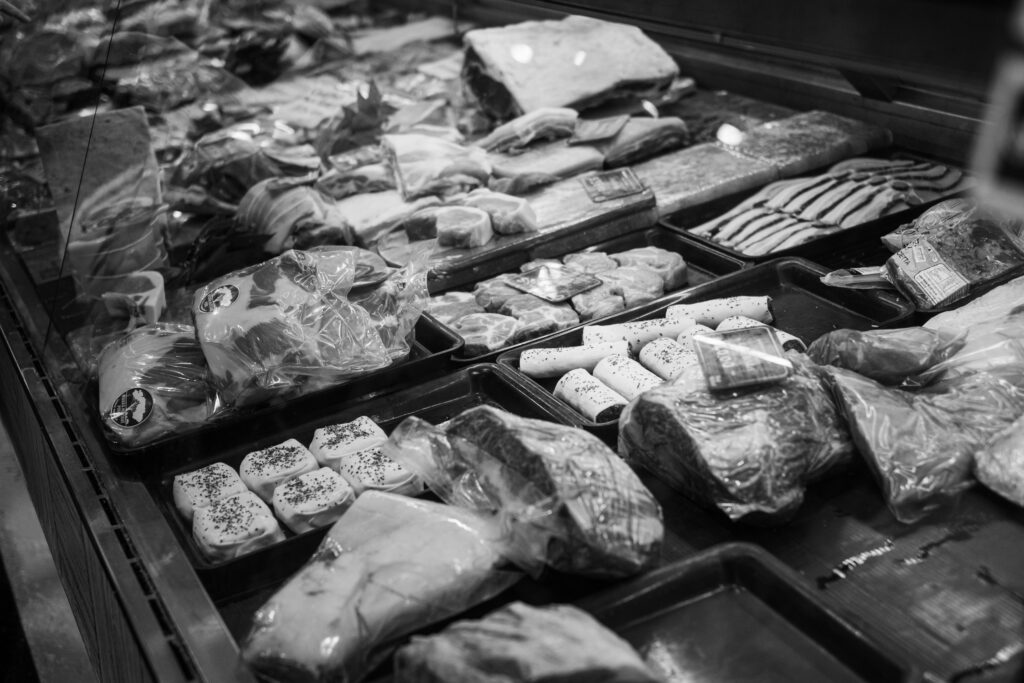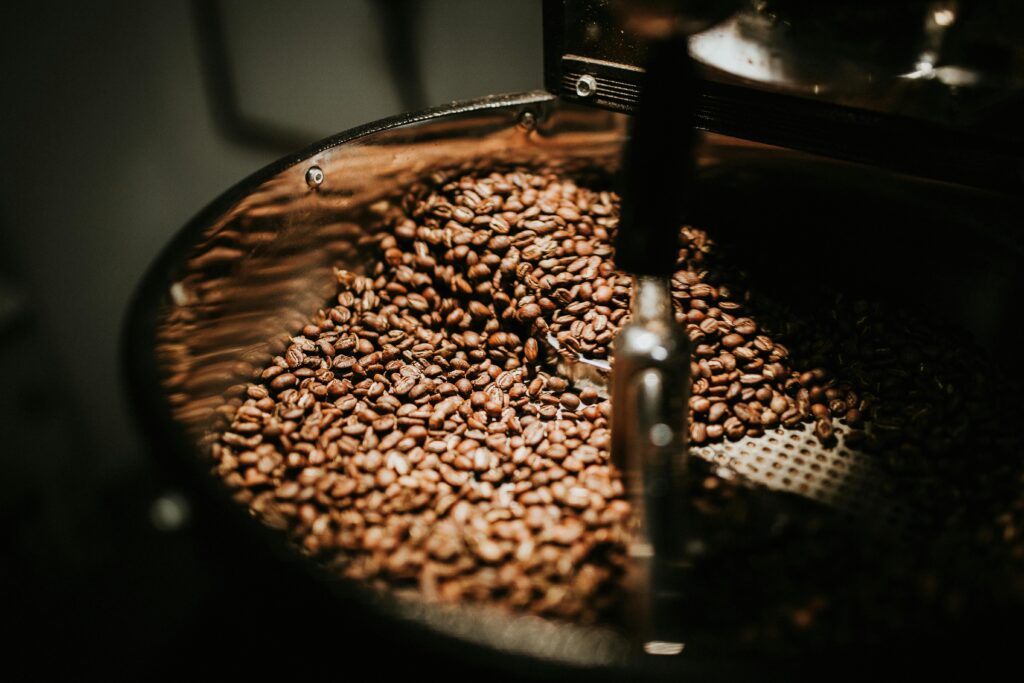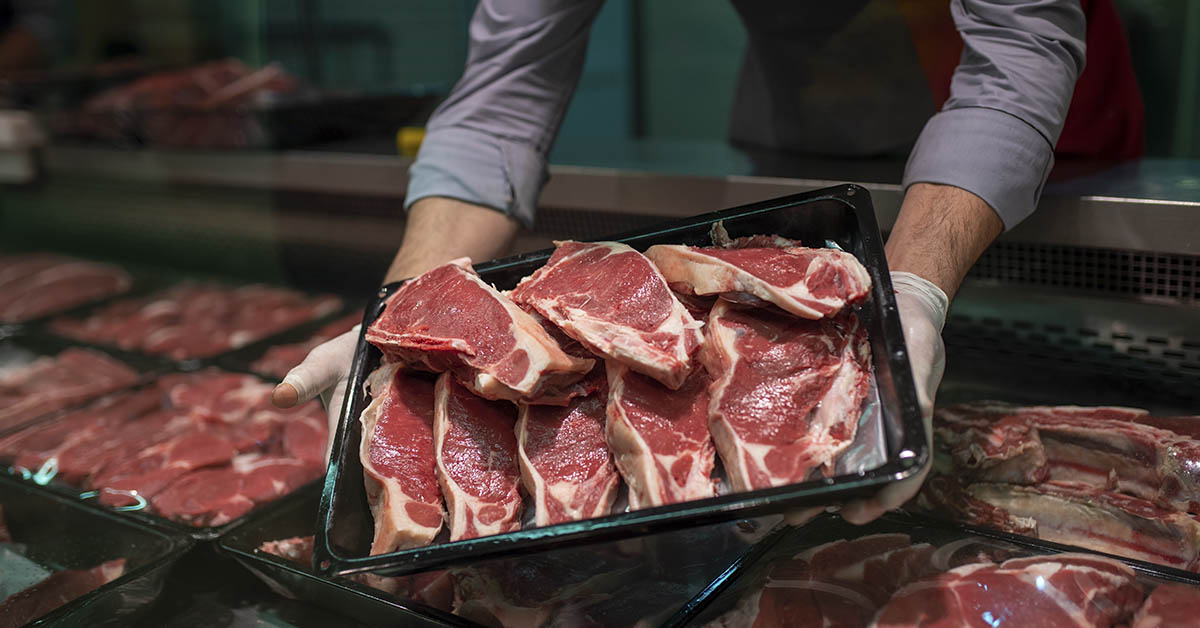With grocery prices surging again, about 50% of all Americans attribute the cost of grocery shopping as being a primary stressor in their lives. In August, food costs rose 0.6% compared with July, the steepest monthly gain in nearly 3 years. Prices are now about 30% higher than before the pandemic began. According to the latest inflation data, the prices will not be decreasing soon.
Inflation Trends and Policy Headwinds

Overall, grocery inflation has slowed down significantly since mid-2022, when prices were climbing at more than 13% annually. However, tariffs imposed by President Donald Trump on key agricultural goods and stricter immigration rules for farm labor threaten this progress. While Trump’s tariffs and immigration policies have hiked up prices as much as feared, economists caution that these disruptions could extend or worsen food inflation. Supply chains face pressure from global weather crises and reduced productivity while tariffs on imported goods like coffee worsen prices.
Coffee Prices Surge Amid Tariffs and Drought

In August of this year, retail coffee rose 3.6% month over month, the sharpest increase since 2011. Prices now sit 20.9% higher than last year, climbing to a record $8.87 per pound of ground coffee. Droughts in Brazil and Vietnam cut coffee bean yields significantly in 2021, which saw a hike of roughly 76% in the cost of green coffee beans. Import tariffs imposed on Brazilian products of 50% further compounded the hike in prices. As Brazil and Vietnam are two of the world’s largest coffee exporters, between tariffs and volatile weather, coffee is forecasted to become even more expensive.
U.S. Dependence on Coffee Imports
The United States cannot grow coffee domestically, making it highly reliant on coffee producing nations for coffee. Brazil, the world’s largest coffee supplier, has seen exports to the U.S. drop 26% in a month due to tariffs. According to the coffee exporters group Cecafe explained that tariffs have stressed performance. American demand remains steady, but limited supply and higher import costs push prices even further upward.
Vegetable and Fruit Costs on the Rise
Fresh produce also contributes to rising food bills. In August, tomato prices climbed 4.5%, lettuce 3.5%, and bananas 2.1%. In total, fresh vegetable prices increased 3.0%, the largest monthly change since 2020. America’s high reliance on immigrant labor in agriculture and heavy import dependence put pressure on costs. Trump’s tariffs and harsh immigration laws further put pressure on America’s food and produce economy. Topped with seasonal weather disruptions, storms, and global trade factors all combine to make fresh produce less affordable.
Beef Prices Hit Historic Levels
While Americans’ appetite for beef remains steadfast, beef has also seen an unprecedented rise in price. The average price of ground beef reached $6.32 per pound in August of this year. That figure marks a 13.9% increase over the past year and nearly 60% more than in 2021. According to the CPI’s average price data, this is the highest recorded increase in history. The price surge comes as cattle herds in the United States fall to their lowest levels in nearly 75 years. According to the American Farm Bureau Federation, beef cows that have calved, that is, given birth, have dropped by 1% to 27.4 million, the lowest since 1965. As supply and demand issues arise, the U.S. imports beef to mitigate this problem.
Global Beef Imports and Trade Challenges
To compensate for America’s smaller domestic herds, the U.S. imported 4.6 billion pounds of beef in 2024, making it the world’s second-largest beef importer. Australia leads this export market, followed closely by Canada and Brazil. Yet imports face new issues due to Trump’s tariffs. Trump’s tariffs on Brazilian beef risk constricting global supply chains further, fueling even more inflation on American soil. Additional strain followed when the U.S. halted cattle imports from Mexico after a flesh-eating pest outbreak, disrupting cross-border trade channels.
Egg Prices Fall but Stay Unsteady
After hitting a staggering $6.23 per dozen in March, egg prices have seemingly eased to an average of $3.59 in August. However, they remain about 11% higher than they were last year. One of the primary causes of the shocking hike in egg prices is due to a major bird flu epidemic. This epidemic affected millions of egg-laying hens between 2024 and early 2025. The hens had to be destroyed, resulting in a significant drop in supply. While outbreaks have slowed and the CDC ended its emergency declaration, lingering supply issues keep egg prices unstable and elevated compared to pre-outbreak levels.
What Rising Food Prices Mean for Families
Across categories, rising food prices seem projected to still increase. This financial pressure on food and produce will further increase the risk of food insecurity for vulnerable communities already experiencing it. As America faces high levels of obesity, access to adequate and proper nutrition will become unavailable. As inflation persists, the cost of groceries remains one of the most powerful indicators of the financial strain average Americans face daily.
Read More: Tyson Foods Cuts Corn Syrup and Additives from Fan-Favorite Products

